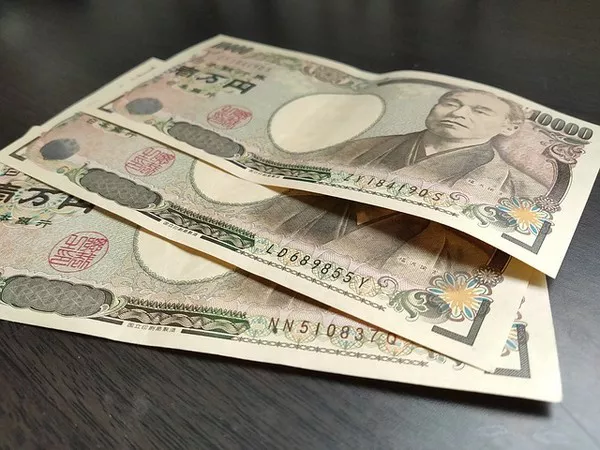The Japanese yen (JPY) stands as one of the world’s most widely recognized currencies, renowned for its stability and significance in global financial markets. However, beneath its unified symbol lies a nuanced system of currency types, each with its own unique characteristics and purposes. In this article, we delve into the diverse landscape of the Japanese yen, exploring JPY’s various types and shedding light on their significance in both domestic and international contexts.
Historical Evolution of the Japanese Yen:
The inception of the yen dates back to the Meiji Restoration in the late 19th century when Japan underwent a period of modernization and Westernization.
The yen was officially adopted as Japan’s currency in 1871, replacing the feudal system of monetary units.
Over the years, the yen has undergone several transformations, including shifts in denominations and designs, reflecting Japan’s socio-economic development and changing global dynamics.
Types of Japanese Yen:
A. Banknotes:
Banknotes represent the most common form of currency in circulation and are issued by the Bank of Japan (BOJ).
Denominations range from 1,000 yen to 10,000 yen, with each note featuring iconic Japanese landmarks, historical figures, and cultural motifs.
Notable designs include the Mount Fuji series, featuring the iconic volcano on the reverse side, and the series honoring the cherry blossom, a symbol of Japan’s ephemeral beauty.
B. Coins:
Coins serve as a tangible representation of the yen and are minted in various denominations, including 1 yen, 5 yen, 10 yen, 50 yen, 100 yen, and 500 yen.
Each coin bears distinct designs and materials, with the 500 yen coin being the only one to incorporate a bi-metallic composition.
The 5 yen coin holds cultural significance, often used in traditional rituals and ceremonies due to its association with good luck and prosperity.
C. Commemorative and Collector’s Editions:
In addition to standard banknotes and coins, Japan issues commemorative and collector’s editions to celebrate significant events, historical figures, and cultural milestones.
These limited-edition currencies are prized by collectors worldwide and often feature intricate designs, holographic elements, and precious metals.
Examples include the 2020 Tokyo Olympics commemorative coins and the series honoring renowned Japanese artists such as Hokusai and Hiroshige.
Significance of Different Yen Types:
A. Economic Stability:
The diversity of yen types contributes to Japan’s economic stability by providing liquidity and flexibility in monetary transactions.
Banknotes and coins ensure accessibility for everyday transactions, while commemorative editions foster national pride and cultural heritage.
B. Cultural Representation:
Each yen denomination and design embodies aspects of Japanese culture, history, and identity, serving as a visual and symbolic representation of the nation.
From iconic landmarks like Mount Fuji to traditional motifs like cherry blossoms and koi fish, these elements convey Japan’s rich cultural tapestry to both domestic and international audiences.
C. Global Recognition:
The uniformity and consistency of yen types enhance Japan’s global recognition and reputation in international trade and finance.
Standardized banknotes and coins facilitate seamless transactions and promote trust and reliability in the global financial system.
Utilization and Exchange:
A. Domestic Usage:
Within Japan, all yen types are widely accepted for daily transactions, including shopping, dining, transportation, and entertainment.
The convenience and accessibility of banknotes and coins ensure smooth transactions across various sectors of the economy, from small businesses to large corporations.
B. International Transactions:
The Japanese yen holds significance in the global currency market and is among the most traded currencies worldwide.
Its stability and liquidity make it a preferred choice for international trade, investment, and foreign exchange reserves.
Yen banknotes and coins may also serve as souvenirs for tourists, contributing to Japan’s tourism industry and cultural exchange.
Future Perspectives:
As Japan continues to embrace digitalization and technological innovation, the landscape of yen types may evolve to include digital currencies and payment systems.
The emergence of central bank digital currencies (CBDCs) and blockchain technology could revolutionize the way yen is transacted and utilized both domestically and internationally.
However, traditional banknotes and coins are likely to retain their cultural and historical significance, preserving Japan’s tangible connection to its past and present.
See Also: Where Is The Best Place To Exchange Yen?
Conclusion:
The Japanese yen encompasses a diverse array of currency types, each with its own role, significance, and cultural resonance. From standard banknotes and coins to commemorative editions and collector’s items, these yen types reflect Japan’s rich heritage, economic stability, and global prominence. As Japan navigates the complexities of the modern world, its currency continues to serve as a tangible symbol of its resilience, innovation, and enduring legacy.


